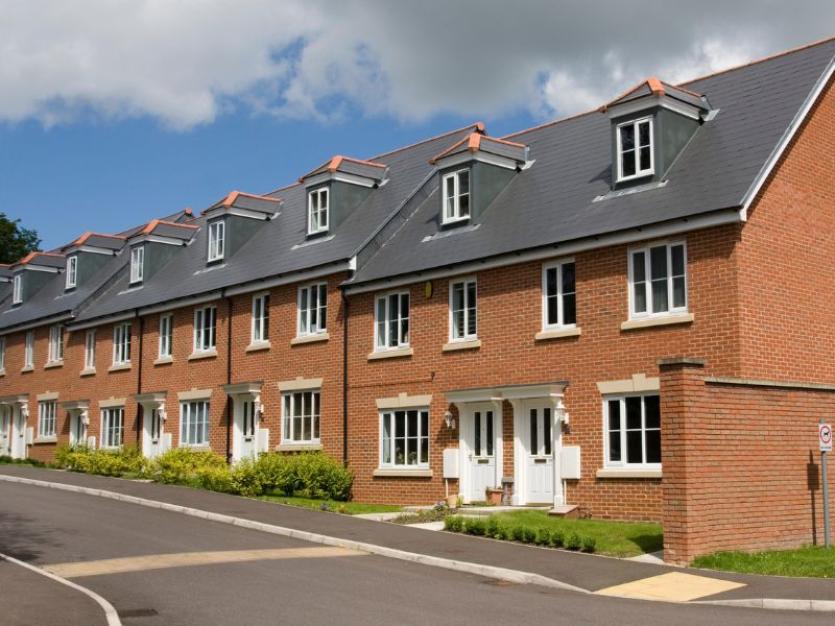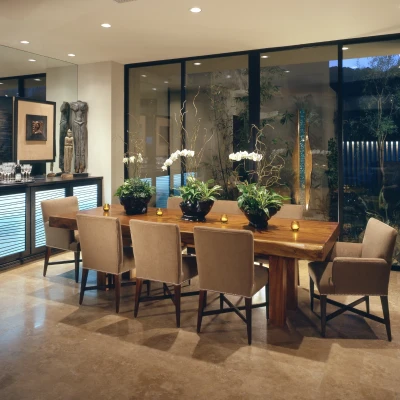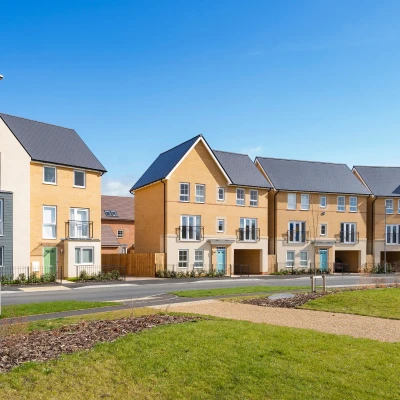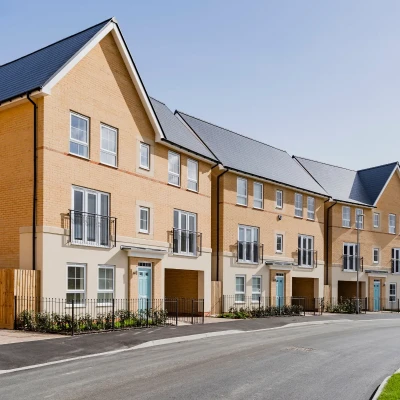Build to Rent: a flexible product

In a challenging market, adaptation matters. In the past three years, we have seen substantial changes in planning policy to boost the property market in the form of permitted development rights: from commercial to residential, retail to residential, and even agricultural to residential.
There’s a strong argument that an adaptable asset is a more valuable asset. So where does this leave Build to Rent? Flexible enough to withstand market turbulence, or too bespoke a product to allow for flexibility?
During trying times for the property market, Build to Rent has shown considerable versatility. In situations up and down the country, it has taken on would-be open market housing schemes and provided their owners with beneficial financial solutions. Prior to the pandemic, institutional investment in UK real estate was focused on commercial property. But today, residential property is demonstrably the more robust asset class, with yields consistently out-stripping those of the commercial sector. At LRG our clients increasingly include institutional investors, including those with both commercial and retail assets, which have subsequently been converted for residential use under permitted development rights and let with extremely favourable yields.
A recent example is Chatham Waterfront, a very successful retrofit of an office building which, when complete, will provide up to 250+ high specification apartments for rent. Change of use, especially if achieved through permitted development rights and therefore with minimal external alternations, can be tricky. But if done well – as Medway Developments has done in this instance – it can be extremely effective in utilising redundant office buildings and creating much needed PRS homes.
This is demonstrated in HomeViews’ 2023 report, which surveyed over 36,000 residents earlier in the year and found that office to residential achieves the highest resident ranking for all criteria, including design. Repurposed schemes, the report explains, are often located in central locations with easy access to local amenities and tend to be well managed with responsive maintenance.
2023 began with the news that the rate of growth in the Build to Rent sector was slowing. Fortunately, more recent figures paint a more positive picture: Handelsbanken’s professional landlord survey of large UK investors found that 59% plan to expand their portfolios in the year ahead and that just 14% expect to sell some or all their properties. A significant majority (92%) expect the value of their portfolio to increase over the next 12 months, with 39% predicting it will grow by over 20%.
But if Build to Rent, specifically Build to Rent suburban communities, were to become less viable in future, what potential is there for flexibility?
Build to Rent suburban communities provide an ultimately diverse mixed asset portfolio, and such as provides a steady, long-term, resilient income. Many of the schemes that LRG is involved in, mainly in lettings and management, are large multi-tenure portfolios, such as Buckler’s Park near Wokingham. Spreading the risk through a blend of tenures, and perhaps increasing the proportion of rental properties, allows for the delivery of larger sites to be accelerated. It helps to de-risk projects for delivery partners, as the Build to Rent product can shorten development timeframes and release areas for development ahead of a sales delivery strategy.
The shift towards more rental properties also allows for site-wide infrastructure to be brought forward sooner, expediting the creation of a new community. This results in a value increase at an earlier stage in the development lifecycle. The early occupation of the rental properties can also bring the development to life, assisting in the marketing of the sales product, by depicting a vibrant community which attracts residents.
For investors, there are other distinct advantages of Build to Rent suburban communities. One is that the variety of property types (residential, commercial, retail and leisure) which exist within any one portfolio, create a combination of immediate sales revenue and long-term rental revenue, with the potential to spread the investment according to the market conditions.
In our 40 years’ experience as lettings and management agents, we have seen institutional investors disregard investment in individual residential properties on the basis that they are too fragmented and management intensive. As a single mixed-use portfolio, therefore, the Build to Rent suburban communities model holds significantly greater appeal to investors.
From our vantage point, the future for Build to Rent suburban communities shows no sign of abating. Amalgamation with other property classes including the later living and affordable housing sectors provides the opportunity for joint ventures, leading to innovative cross-subsidies. Public/private partnerships are adding to the wide-ranging appeal and opportunity.
However, were Build to Rent to cease to be a viable asset class, two, both very buoyant asset classes, could utilise the buildings.
The first is student accommodation, which has seen a substantial increase in investment throughout the last decade, despite the pandemic. It is anticipated that this sector will have a shortage of 450,000 beds by 2025. The PBSA market offers a wide range of options to students, some of which align closely with Build to Rent’s urban co-living model, and others which have much in common with the single homes offered in a Build to Rent suburban community.
The second is the later living sector. Its undersupply issues are well documented and are having very real social consequences. Change of use to later living, even in a completed building, would require relatively few structural changes. Concierge, wellbeing centres, social areas, and ample management suites are already in place in many of the Build to Rent schemes. Safety and a sense of community already exist in these schemes, because ultimately Build to Rent and later living share similar values.
The idea of ‘mixed and balanced’ communities and ‘tenure blind’ design has existed for decades, tending to work better on housing estates than in single blocks. In practice, therefore, student housing and later living should coexist very easily in Build to Rent suburban communities.
Furthermore, all are institutionally backed, managed rental products with enhanced amenity spaces and a focus on services and community. Each requires similar facilities: social spaces, quiet spaces, wellbeing spaces, postal and delivery rooms, cleaning, and maintenance (covered by a service charge).
Perhaps the industry would benefit from a further shake-up, forcing it to provide the variation in property types which we know, theoretically, are the basis of a truly vibrant community?
Other opportunities for diversification include the potential for Build to Rent suburban communities to form partnerships with local authorities and housing associations, which enable Build to Rent to cross-subsidise other property assets. This has already been seen in the case of schools and leisure facilities and there is scope for further diversification. The partnership between TfL and Grainger, which led to the new brand Connected Living London, demonstrates the potential to do so.
The potential withdrawal of thousands of landlords from the market because of the Renters Reform Bill, and the regulations that preceded it, has led to a significant shortage of rental properties which can only add to the commercial success of Build to Rent. Build to Rent is critical to meeting housing need and the sector, specifically the reinvention of city centre schemes to Build to Rent suburban communities has demonstrated an ability to adapt to social and economic change.

Contact Us
Got a question, general enquiry or something else?
You may also like
Since we started in 1987 we have grown to one of the UK’s largest property groups, we can save you time and money by offering a range of services and expertise under one roof.



